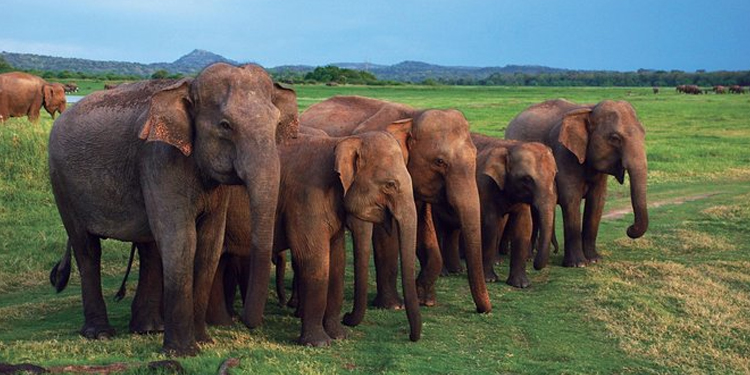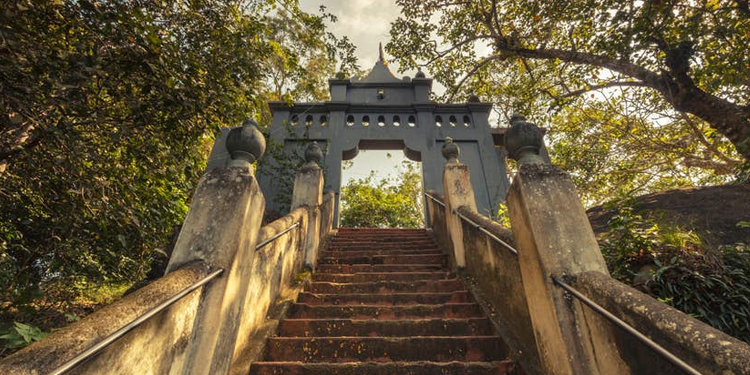
Yala National Park
Yala National Park is famously known for its highest concentration of leopard in the world. It is the second largest national park in Sri Lanka. The park is primarily shrub jungle with rocky out crops that dot the park, along with several salt and fresh water lagoons.













